North County Honor Flight #53 Military Biographies – Vietnam to Dessert Storm
May 18, 2024 – U.S. Oval, Veterans Park, Plattsburgh, NY, Send-Off Ceremony (Note – On May 23, 2024, the Gazette updated this post to include the last four veterans. The Gazette apologizes for the error.)
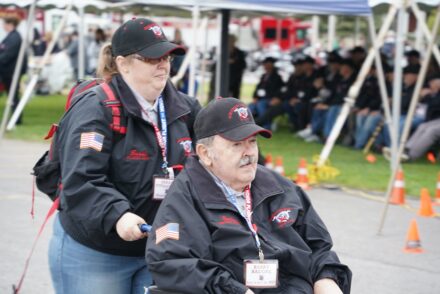 Barry Badore, U.S. Army 1967-1977 – Vietnam
Barry Badore, U.S. Army 1967-1977 – Vietnam
Barry followed his father’s footsteps into the Army. Barry received training as a 63 Charlie Wheel and Track Vehicle Mechanic stationed at Fort Benning, Fort Carson, and Fort Lewis. Deployed to Vietnam, Barry landed at Cam Ranh Bay and was assigned to An Khe.
There was a mix-up in the duty roster as Barry was to be a CQ runner. Instead, Barry was running a movie projector, which exploded at the same time an explosion occurred at their location. Barry considers himself very lucky. Barry received several medals and commendations for his military service.
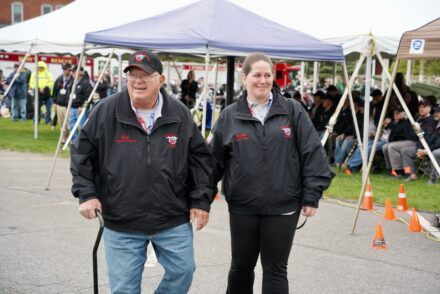 William Butcher, U.S. Marine Corps, 1966-1969 – Vietnam
William Butcher, U.S. Marine Corps, 1966-1969 – Vietnam
At 17, Bill and a few buddies joined the Marine Corps. After basic training at Parris Island and Camp Lejeune, Bill earned an expert rifle qualification, followed by jungle training.
Deployed to Vietnam, Bill was sent to Khe Sanh Hill 881 South. Assigned to guard duty, Bill was on wire watch as tin cans alerted movement and machine gun bunker response. On his first tour of duty, Bill was shot and sent to Cam Ranh Bay to recover. Injured on his second tour, Bill was transported to a hospital in Guam. Bill enjoyed watching the nurses sunbathe – no doubt helping his recuperation. Bill received Purple Hearts for his valor.
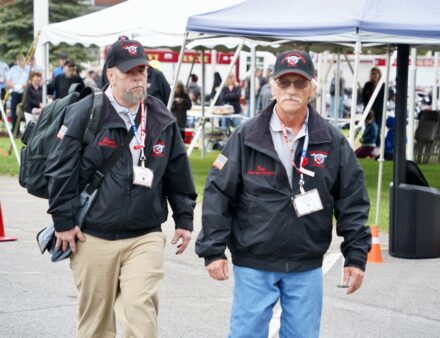 Ira Dunn, U.S. Army, 1985-1989 – Cold War
Ira Dunn, U.S. Army, 1985-1989 – Cold War
Ira followed his grandfather and step-fathers’ footsteps into the Army. As his MOS, Ira was a Cavalry Scout. At Fort Knox, Ira was in the last division to go through the heartbreak hills known as Misery, Agony, and Heartbreak.
After training, Ira was sent to Germany. He drove the Bradley, the M1 Abrams, and Howitzer Fighting Vehicles with 20mm cannon and tow missiles. At Fort Irwin, he trained in special operations, fire, and EMT, allowing him to become a paramedic and police security guard. Ira received service medals, including Driver and Mechanic Badges.
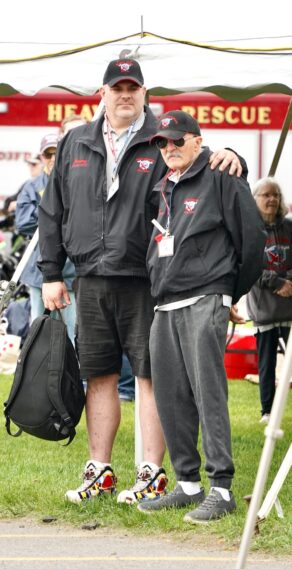 Joseph Gittens, U.S. Air Force, 1970-1990 – Vietnam
Joseph Gittens, U.S. Air Force, 1970-1990 – Vietnam
Assigned to Lackland Air Force Base, Joe completed basic training, security police academy and combat school.
Joe wanted out of Ellsworth Air Force Base. The option was Vietnam. His mother said ‘No’; his father did a tarot card reading saying Joe would have seven close calls but would come home okay. Joe had seven close calls with the Marines in Da Nang. KARMA!
Returning stateside, Joe was ordered to Plattsburgh Air Force Base. After four years, he was transferred to Loring Air Force Base. Returning four years later, Joe made Plattsburgh his home. Joe received numerous commendations for his 20 years of service. Joe is proud his two sons served in the Gulf and Iraq.
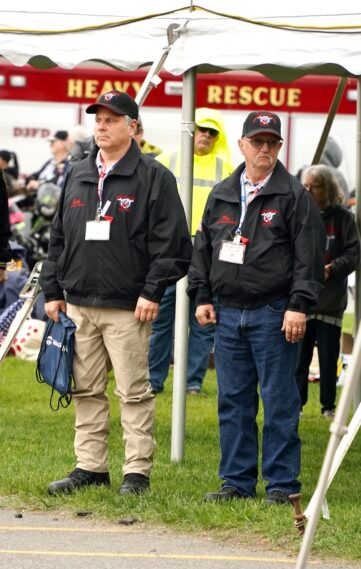 Kenneth Gladd, U.S. Army, 1973-1979 – Vietnam
Kenneth Gladd, U.S. Army, 1973-1979 – Vietnam
Ken completed basic training and AIT at Fort Dix. Ken joined the 181st Battalion 84th Transportation Company.
Ken split time between Germany and Fort Riley. A truck driver, Ken, drove 2 1/2 and 5-1/2-ton military trucks carrying supplies and materials.
While in Germany, Ken returned home for his grandfather’s funeral, got married, and then returned to Germany for two weeks.
Returning stateside at Fort Riley, Ken drove tanker trucks that delivered gas and diesel fuel. Ken’s favorite place was Amsterdam. Ken’s time at Kansas Fort Riley cured him of the Army.
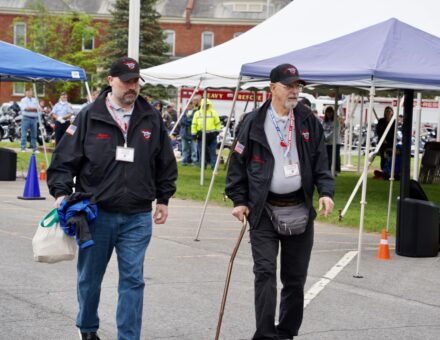 Timothy Hawley, U.S. Navy, 1969-1973 – Vietnam
Timothy Hawley, U.S. Navy, 1969-1973 – Vietnam
Flying from Clark Air Force Base to Okinawa, Tim left behind his AWOL bag containing his orders, records and tags. It took time to straighten things out. The Navy ship was located on the Tonkin Gulf, patrolling the “Yankee Station”, a 20-mile circular area as the beacon for aircraft.
Tim served four campaigns on the USS Sterett, a guided missile destroyer. His fifth campaign was an underwater demolition team that could be deployed anytime. In four years aboard ship, Tim traveled more than 600 nautical miles. Tim said he’d fly with a Navy pilot over a Marine pilot any day.
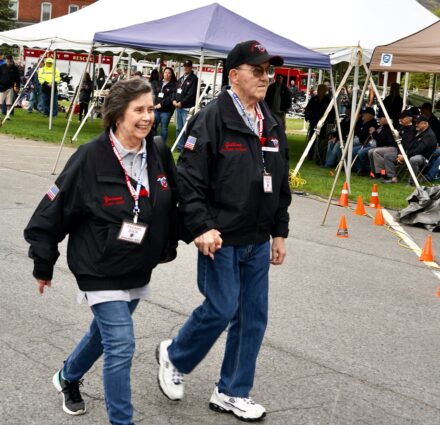 Gilbert Jock, U.S. Navy, 1966-1970 – Vietnam
Gilbert Jock, U.S. Navy, 1966-1970 – Vietnam
Gilbert had basic training at Great Lakes Naval Station as an Electronic Technician with a radar specialty. Assigned to the USS Warrington, a gearing-class destroyer, Gilbert traveled to the Mediterranean, North Atlantic, and Caribbean.
Gilbert is thankful his Navy training provided him with civilian life in the electrical field. Leaving the Navy. Gilbert received medals and letters of citation for his Navy service.
Gilbert joined the Navy Reserves in Vermont, where he served from 1980 to 2006.
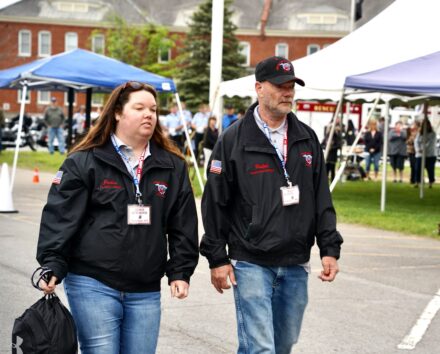 Ralph LaBombard, U.S. Army, 1985-1991 – Desert Storm
Ralph LaBombard, U.S. Army, 1985-1991 – Desert Storm
Following in his father’s and brother’s footsteps, Ralph joined the Army. After basic training at Fort Dix, he trained as a heavy equipment operator at Fort McClellan.
One month before their enlistment ended, Ralph and his best friend Norman were sent to Germany on a 6-month deployment with the 962nd Ordinance Company. Ralph and Norman pulled and loaded ammunition onto trains headed for Desert Storm.
Ralph’s first daughter turned a year old on Ralph’s departure. Ralph is proud to have Jodie as his guardian today. Ralph received many medals and commendations for his service.
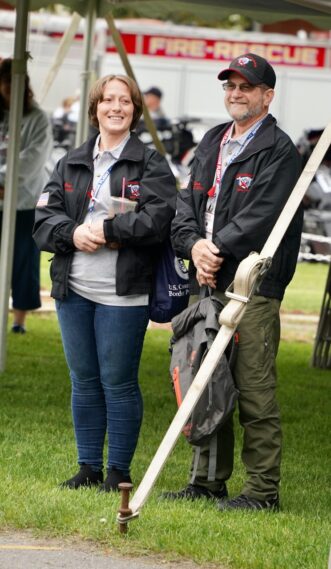 David LaDuc, U.S. Air Force, 1972-1976 – Vietnam
David LaDuc, U.S. Air Force, 1972-1976 – Vietnam
Wanting to enlist, Dave weighed only 114 pounds despite eating pizza and drinking beer. The “Scale Dude” touched the scale; Dave was 120 pounds. Assigned to Sheppard Air Force Base, Dave trained as a Medical Service Specialist, completing hospital administration. Sent to Hamilton Air Force Base, Dave treated patients, many of whom had purple hearts. Dave joined the Hurricane Disaster Team at Tyndall Air Force Base, protecting the hospital and patients and sandbagging to stop flooding. Transferred to Plattsburgh Air Force Base, Dave completed college training and 50-caliber machine gun training.
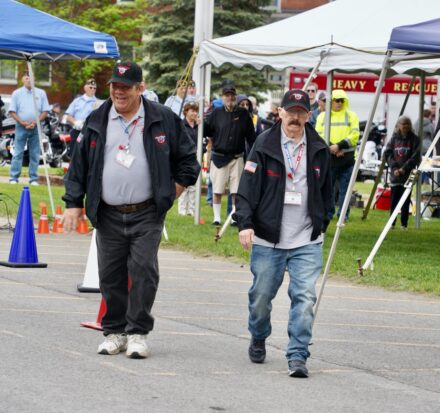 Kenneth McDonald, U.S. Army, 1970-1971 – Vietnam
Kenneth McDonald, U.S. Army, 1970-1971 – Vietnam
Ken was drafted and received basic training at Fort Dix. His MOS as a clerk typist required him to take dictation at speeds of 90-120 words per minute and type at 45 words per minute. As a legal clerk, Ken worked on Article 15, court-martial documents, transcribing dictations of correspondence, telephone conversations, discussions in staff meetings, and investigations. Ken became a Radio Operator, requiring the ability to quickly transmit and receive Morse Code messages.
On TDY, Ken played his favorite sport, battalion football. His military service allowed him to complete a Bachelor’s Degree in Management and Economics.
Adrian Megrath, U.S. Army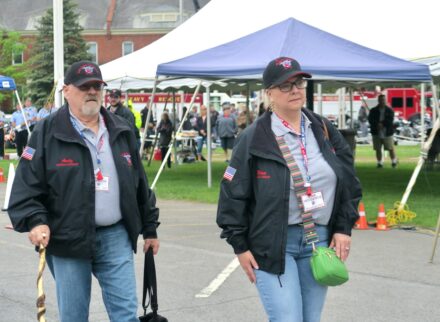 , 1968-1971 – Vietnam
, 1968-1971 – Vietnam
Andy reported to Manchester for induction, beating the draft by one day. Realizing Andy was an Eagle Scout, the Sergeant put him in charge of getting 36 recruits to Fort Dix.
Andy’s destination was a German prison camp until they were making the camp a memorial.
In Vietnam and Cambodia, Andy served at Pleiku and An Khe. In Cambodia, Andy received his mother’s call that his father was very sick. Arriving home, Andy learned his father had passed. An only child, Andy could exit the military, but he returned to active duty, certain it would be his father’s wish. Andy received numerous decorations for his service to our Country.
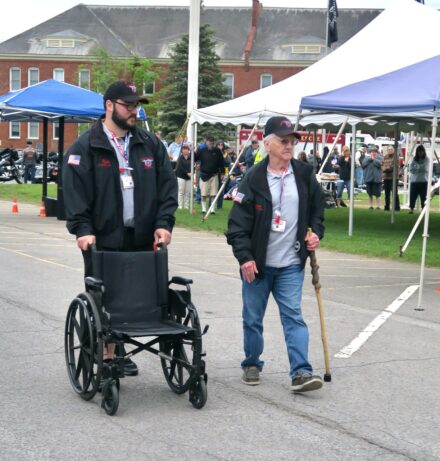 Marcus Murphy, U.S. Marine Corps, 1967-1970 – Vietnam
Marcus Murphy, U.S. Marine Corps, 1967-1970 – Vietnam
At 17, Marcus went to Parris Island for boot camp and Camp Lejune for infantry training. After flying to Okinawa, Marcus turned 18 and headed to Vietnam.
In Supply Administration, Marcus quickly learned there was no safety if the base was overrun. In a bunker, new arrivals could not sleep; taking watch shifts one time, Marcus opened up with a 50-caliber rifle.
Marcus served 18 months in Vietnam. Landing in San Diego, Marcus felt guilty about leaving fellow soldiers behind, not fitting in, and being in a country that shamed him. He put his angst into starting a peer-to-peer support group. Help came to Marcus through his support of others.
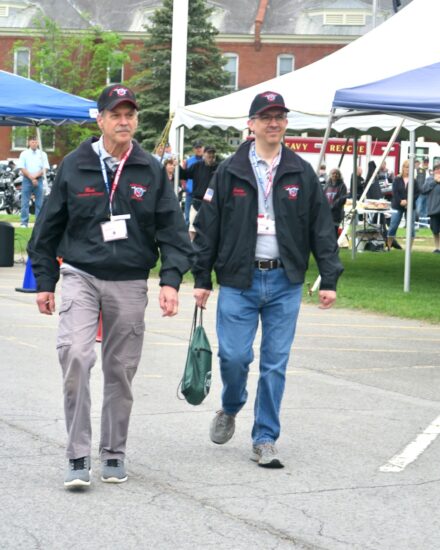 Rodney Rabideau, U.S. Navy, 1968-1970 – Vietnam
Rodney Rabideau, U.S. Navy, 1968-1970 – Vietnam
Rod received basic training at Great Lakes Naval Station, then went to Norfolk, Guantánamo Bay, and Vietnam. Assigned to the USS Mullinnix DD-914, the 300 crew worked 20-hour days, serving as decoys to draw fire from the USS New Jersey Battleship to support the First Marine Division, which was defending Da Nang Harbor and the Third Marine Division by the DMZ. Rod worked on 5-inch caliber guns that fired 21,000 rounds while onboard.
Leaving Vietnam, the ship cruised the Mediterranean and patrolled for intelligence on the Black Sea. Rod said the crew was close enough to throw potatoes aboard the Russian ship.
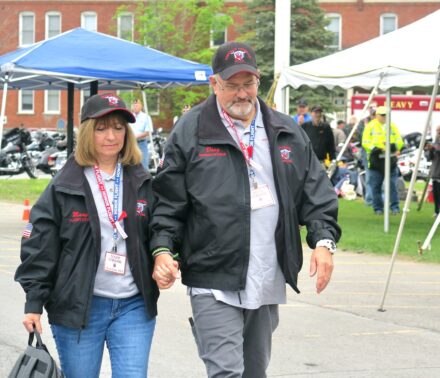 Douglas Strong, U.S. Air Force, 1972-1992 – Vietnam
Douglas Strong, U.S. Air Force, 1972-1992 – Vietnam
Doug had boot camp at Lackland and trained as an Aircraft Armament Systems Specialist at Loring. At Homestead, Doug was told not to worry about the alert. Doug grabbed a bag full of blankets and boarded the C-130 aircraft. The alert took Doug to Alaska, Hawaii, Japan, the Philippines, and Thailand. On an OV-10 aircraft, Doug arrived at Nakhon Phanom Base, Vietnam, to defend South Vietnam against North Vietnam.
Doug spent 4 years in Germany, 10 years at Pease Air Force Base, and the final 2 years at Castle Air Force Base, California. Doug received numerous medals and commendations for his 20 years of service to our Country.
Posted: May 20th, 2024 under Community Events, General News, Honor Flights, Northern NY News, Veterans' News.
